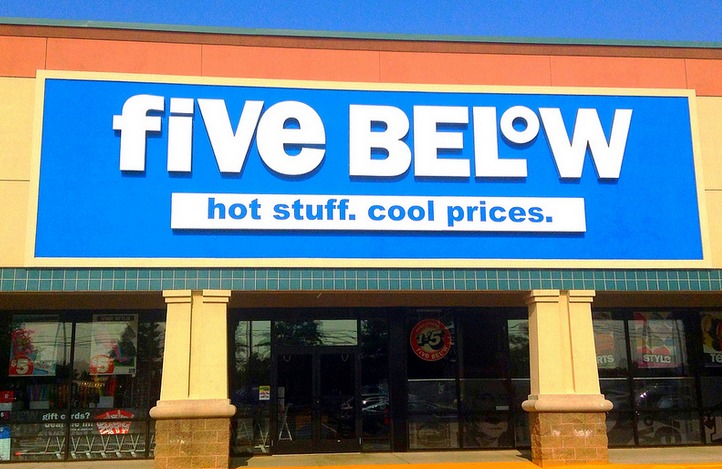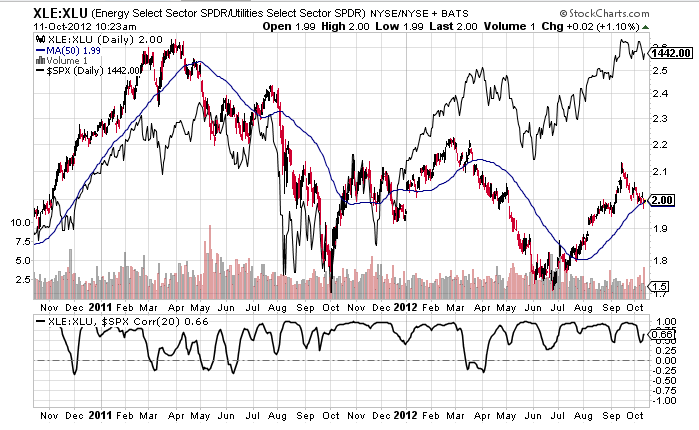Equity has a cost. Investors provide capital to businesses with the expectation that they will participate in the returns generated by the business, whether through dividends or price appreciation. Over the long run, how then, can it make sense to short stocks?
Although the Cable Car Hedged Value portfolio maintains a positive net long exposure, meaning that the sum of its long positions is greater than the sum of its short positions, short exposure serves an important role in protecting capital in my opinion.

Short positions, in which an investor uses borrowed shares to make a bet that a stock will decline, have many potential uses.
Double advantage
During a downturn, short positions that have increased in value provide incremental capital to invest in good businesses at attractive valuations. When the market goes on sale, it helps to have funds available.
The rest of the time, short positions can feel like a drag on returns. However, they offer investors a critical additional defense by providing the option to profit from bad news. In my opinion, this “optionality” is an important part of a hedged portfolio.
One need not be a pessimist expecting everything to go wrong all at once to benefit from protection against unforeseen events. Just as owners of a business can realize outsize returns from unexpected good fortune, short sellers may profit when things do not go according to plan.
Optionality also arises from known risk factors. Markets frequently misprice well-known positive opportunities for businesses due to uncertainty and investor behavior. Indeed, I would argue that most, if not all, of Cable Car’s long positions have attractive valuations because other market participants have a less positive view of the known opportunity set.
The same can be true of disclosed risk factors, which are available for anyone to see in regulatory filings. Investors may under-appreciate the likelihood of a negative event actually occurring.
At the moment, several of the short positions held by Hedged Value benefit from optionality due to regulatory risk. Although the announcement of an SEC investigation or other regulatory scrutiny often leads to a decline in the share price, sometimes this risk is still not fully “priced in.”
Under scrutiny
One example of a short position influenced by regulatory risk is World Acceptance Corporation (WRLD). This company is an installment lender that provides access to credit through retail stores in low-income communities.
In my opinion, the company’s loans carry very high interest rates and are often refinanced or packaged with high-fee add-ons sold to an unsophisticated customer base. As a result of its marketing practices, WRLD has been the subject of short seller interest and media scrutiny for years.
Until the creation of the Consumer Financial Protection Bureau (CFPB), the installment lending industry was regulated only by state authorities. Although World’s business is illegal in many states, the company has grown rapidly and been very profitable in the areas where it is allowed to operate, making it an undesirable company to short.
More recently, loan growth has slowed and provisions for loan losses have increased, reducing the company’s profitability. However, I did not find it a compelling short candidate until the risk of regulatory intervention became imminent.
When WRLD announced the receipt of a civil investigative demand from the CFPB in March 2014, the share price declined over 20% in one day. Shares recovered somewhat afterwards, but I believe there is further downside potential once the CFPB acts.
In the case of WRLD, the fact that federal regulators are finally examining its business could result in a substantial reduction to its profitability, if not a complete end to many of its business practices.
In particular, nearly half of World’s operating profit is generated through commissions on the sale of credit insurance, a financial product that is often poorly understood by borrowers. The CFPB has previously limited the use of credit insurance in other parts of the lending industry.
In my opinion, it is likely they will adopt rules that could severely curtail this profit center for WRLD.
Another area of concern for regulators may be the repeated refinancing of installment loans, which generates additional fees for lenders on loans that might ultimately never be repaid. As of June 30, 76% of World’s gross loan portfolio had been refinanced.
Ready for a tumble?
Any potential restrictions on this practice could impair World’s ability to grow.
Although these are all known concerns, I am short WRLD because I believe regulatory action has the potential to reduce World’s profitability by 50% or more. That would make the company’s current multiple of approximately 7 times earnings no longer seem inexpensive.
And with more than $500 million of debt on the balance sheet, an extreme regulatory outcome could bankrupt the company in my opinion.
Since short sellers are sometimes demonized in the media, I want to close by noting that a short position is not necessarily an indictment of a company. Even the best businesses can be overpriced sometimes.
Short sellers serve an important role in the marketplace, helping to mitigate excessive disconnects between prices and underlying fundamentals. In the context of a hedged portfolio, short positions can help generate attractive returns over the course of a full market cycle.
DISCLAIMER: Hedged Value is short World Acceptance Corporation (WLRD). This article discusses short sales. A short sale is a transaction in which an investor attempts to profit from a decline in the market price of a security. Short sales are subject to theoretically unlimited risk of loss and are only held in Covestor models with a risk score of 4 or 5.
The investments discussed are held in client accounts as of August 31, 2014. These investments may or may not be currently held in client accounts. The reader should not assume that any investments identified were or will be profitable or that any investment recommendations or investment decisions we make in the future will be profitable. Past performance is no guarantee of future results.




